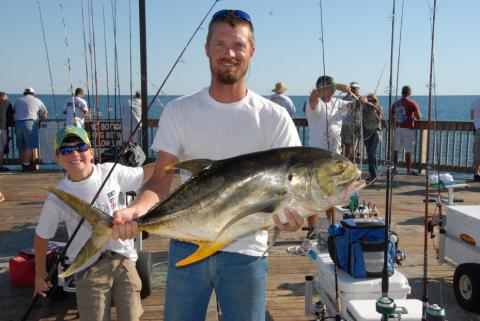Ron and Tes Jolly | Originally published in GameKeepers: Farming for Wildlife Magazine. To subscribe, click here.
It’s just like “turkey math”—if you take habitat, plus food, plus water that equals more turkeys. Wild turkeys spend their lives in a home range. When poults first hatch, their home range can be as small as 100 acres. As they grow older and larger, the hen leads them where they need to go to find food, water and cover. Basically, she is introducing her young to her own home range, which can be as large as six square miles.
By the time poults reach breeding age they have adopted the area in which they were reared as their own home range. They will likely breed, nest and rear their poults in that same area. If your desire is more wild turkeys on your property, the best way to accomplish that goal is to provide everything possible that turkeys seek in their home range. Here are a few tips that will make your property more attractive to wild turkeys.
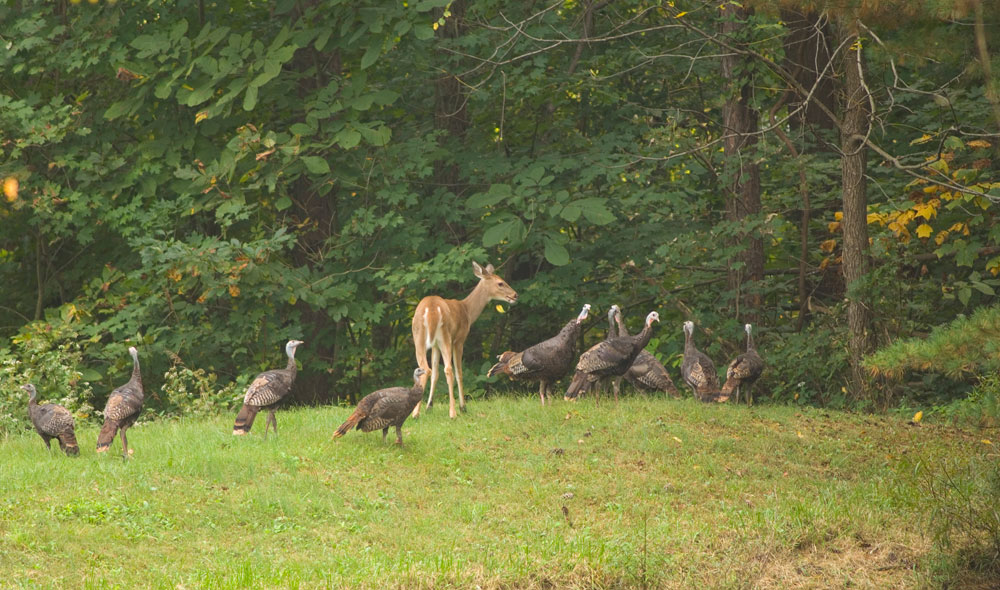
1. Create the Best Nesting Cover
Improve nesting cover by selecting areas on the edge of hardwoods. Use the hack-and-squirt method and kill undesirable trees. After treated trees are dead, drop a few randomly with a chainsaw. This adds cover, creates a trellis effect for vining plants and speeds the natural regeneration of understory vegetation. Allow natural vegetation such as dewberry and briars to grow along fence rows and field edges. Hens are attracted to this type cover when searching for nest sites.
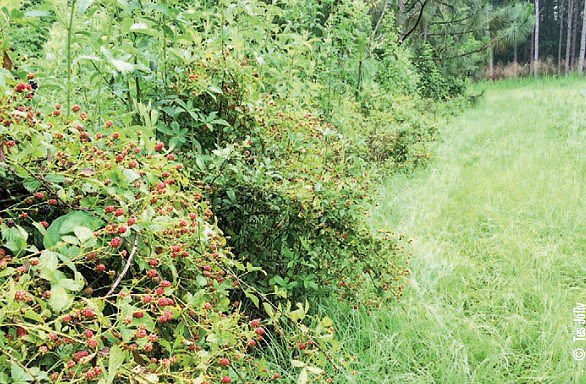
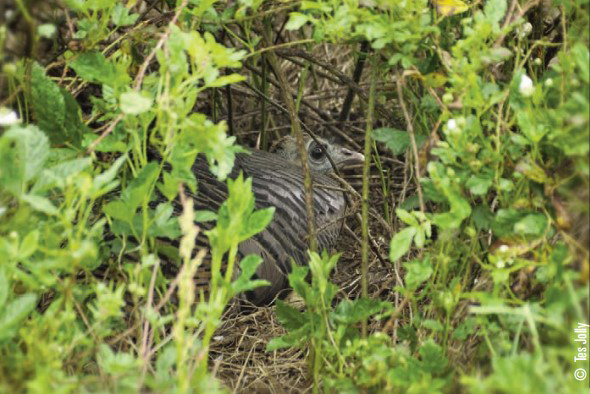
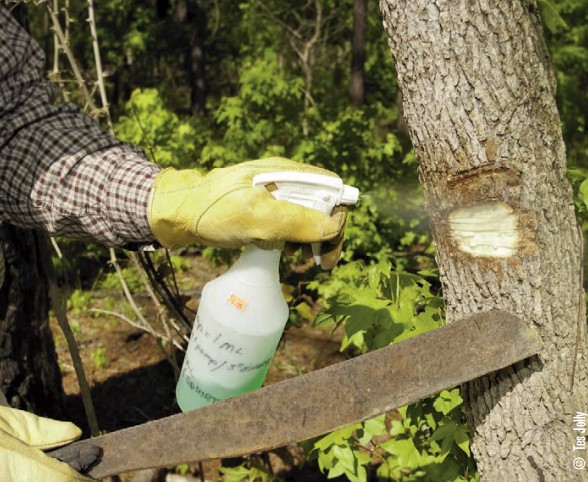
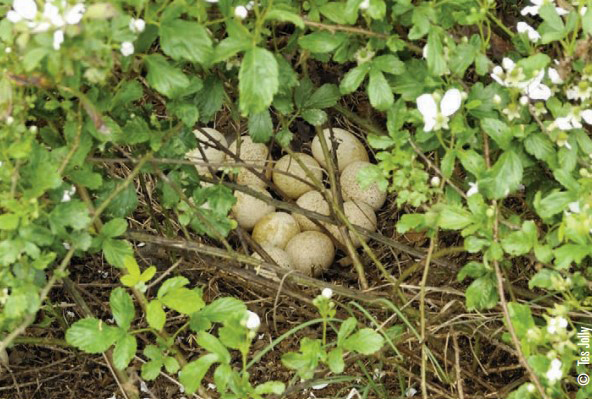
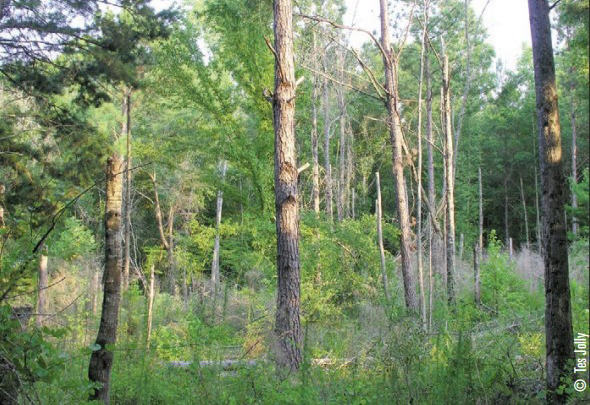
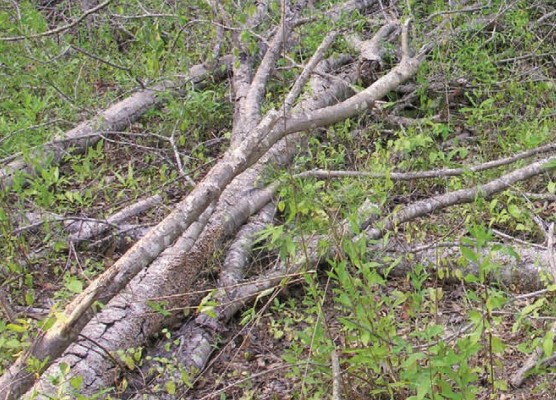
2. Make Your Food Plots Turkey Friendly
Mow lanes through food plots and clover fields to allow young poults easy access for bugging. Dusting is an important turkey behavior that helps control external parasites. Turkeys seem to enjoy a dust bath. Disk strips along field edges to provide dusting areas convenient to feeding locations.
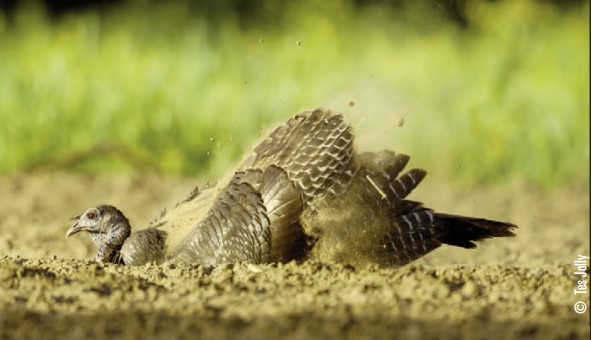
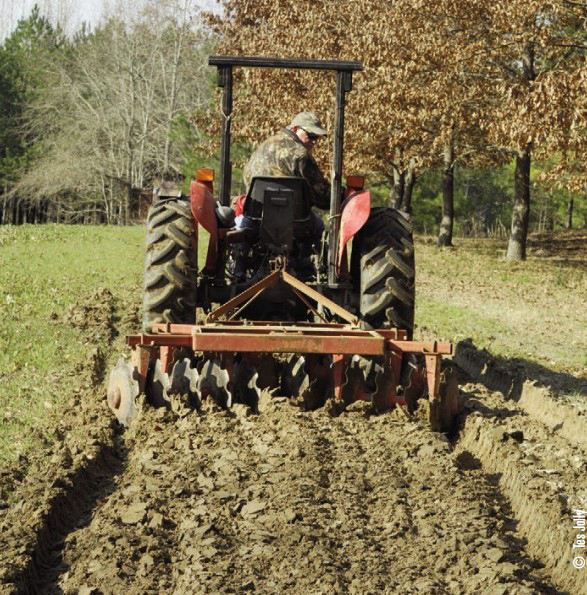
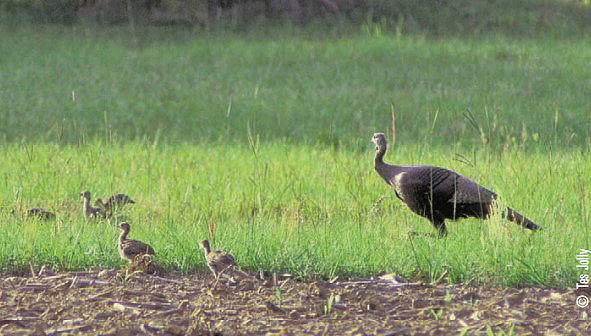
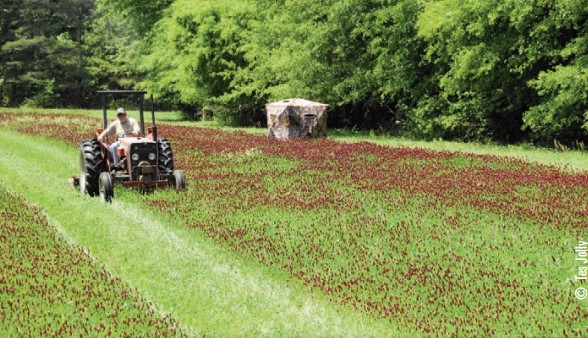
3. Burn Baby Burn!
Cool season fire is an excellent tool for managing unwanted vegetation in pine plantations and naturally regenerated areas. Fire also enhances the soil, releases the natural seed bank and encourages the growth of grasses and forbs sought by turkeys in early spring.
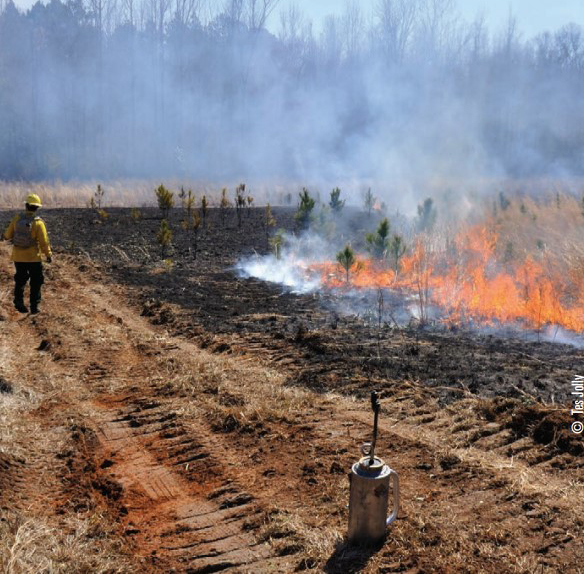

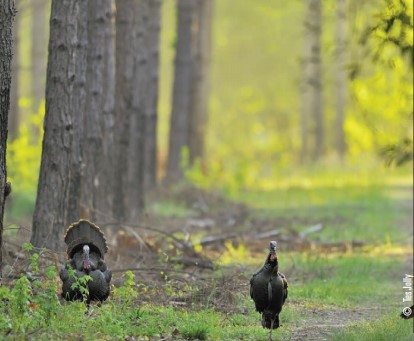
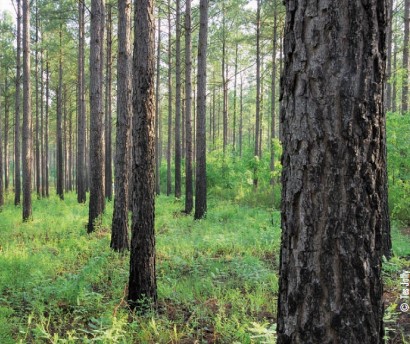
4. Clover-Bugging Bonanza
Turkey poults need protein to survive and after hatching, insects provide a high percentage of their diet. Clover Plus, which is a blend of perennial red and white clovers, are legumes that attract and hold hordes of insects in addition to succulent small-leaved white clovers which appeal to the adult birds. Clover mixes produce nearly year-round nutrition providing an excellent food source for all turkey age groups.
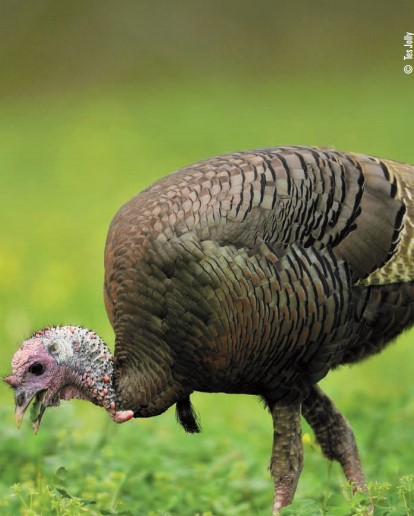

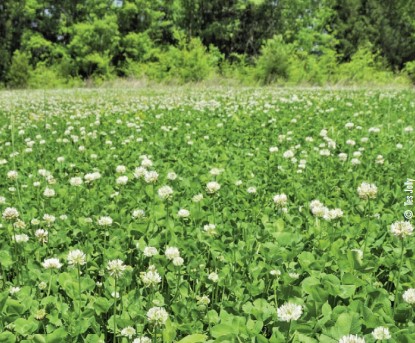
5. Edge Management
As young turkeys mature during the summer, they cover a lot of ground, moving through grassy areas stripping seed heads as they go. Along the way they’ll find larger insects such as protein-rich grasshoppers and crickets. Designate “no mow” areas along edges and allow grasses such as bahia grass to produce seed heads in late spring and throughout the summer.
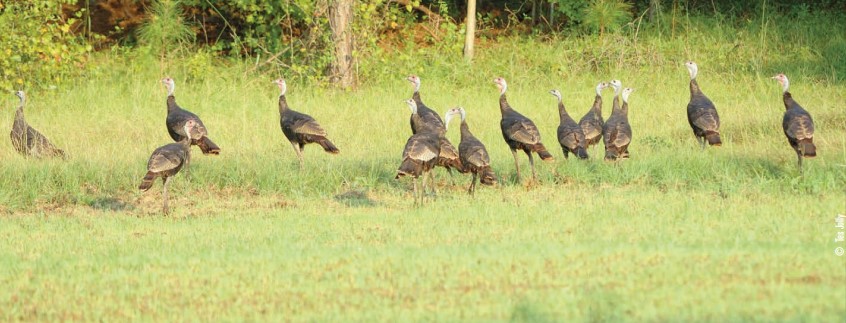
6. Manipulate Food Plots
Food plots planted with cool season seed mixtures, or cornfields planted to attract deer during fall and winter are excellent food sources for turkeys. These mixes include some annual clovers, brassicas, oats and wheat. Throughout late spring into summer, mow strips to scatter the matured grains. When most of the scattered grain has been eaten, mow another lane. These grains help attract and hold turkeys on your property.
BioLogic’s Turkey Gold Chufa is a great addition to any managed property. Chufa is incredibly nutritious. When planted in a new area, lightly disk a strip after the plants mature to expose the tubers making them easy for turkeys to find.
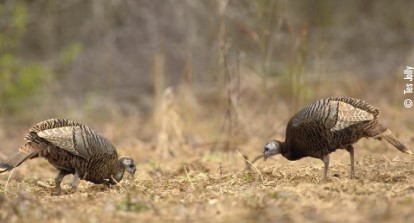
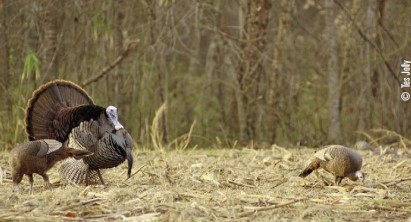
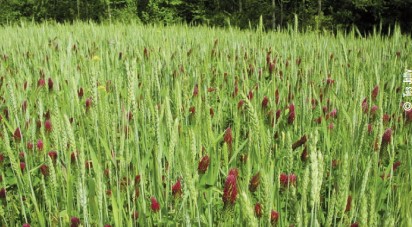
7. Maximize Native Hard and Soft Mast Production
Native hard mast thrives and produces more when competition from other plants is removed and fertilizer is applied. Clear brush and saplings from under good producing trees to eliminate competition and provide easy access to nuts. The amount of hard mast in the pictured turkey’s crop verifies the importance of this food source. Soft mast such as blackberries and wild grapes are an important food source to wild turkeys. Periodic mowing or pruning and fertilizer application helps improve mast production.
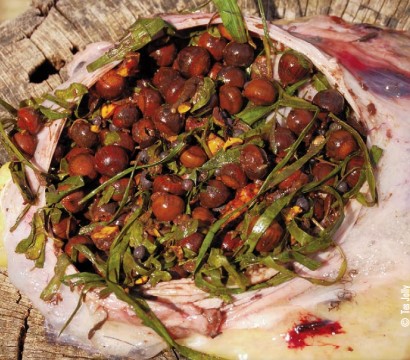
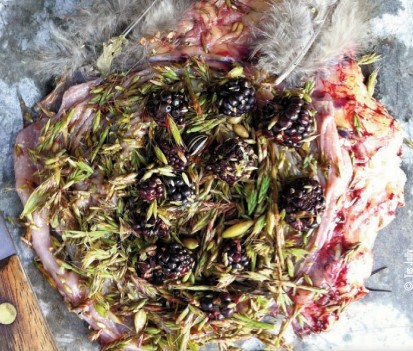
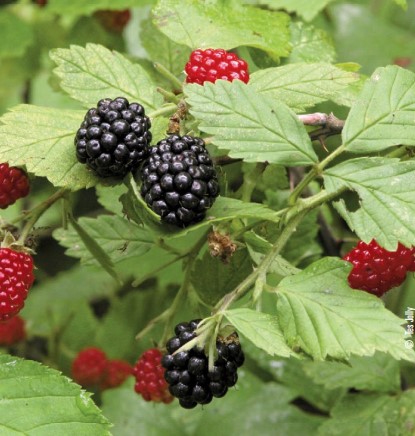
8. Putting Down Roots
Each year, plant groupings of hard and soft mast trees and shrubs on your property. Within these groupings mix soft mast species such as persimmon, apple, plum, mulberry, pear and crab apple trees included with your hard mast varieties. Planting trees with varying fruit/nut drop dates ensures food is available to turkeys from late summer through the winter months.

9. Turkey Friendly Water
Natural creeks, streams and ponds, provide water and the vital grit and gravel necessary for the turkey’s digestive needs. Take note of where turkeys prefer to drink and get their grit. Keep the edges around those areas cleared for easy access. Edges around water holes located near nesting areas should be open to allow easy access and visibility to see predators for hens and young poults.
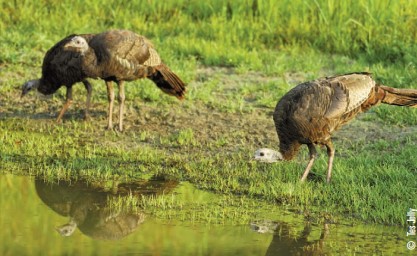
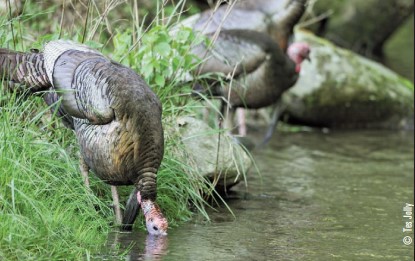
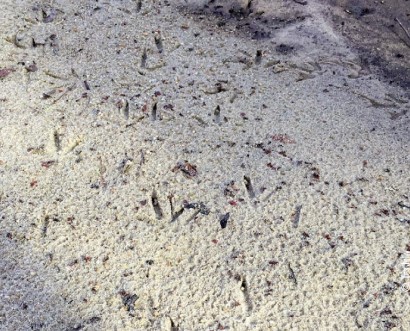
10. Declare War on Turkey Predators
Raccoons, opossums, coyotes and bobcats are known predators of turkeys and turkey nests. A regimented trapping program should be employed during late winter, prior to nesting season. Feral pig damage accounts for untold amounts of damage to the environment. They are a little-known turkey nests predator.
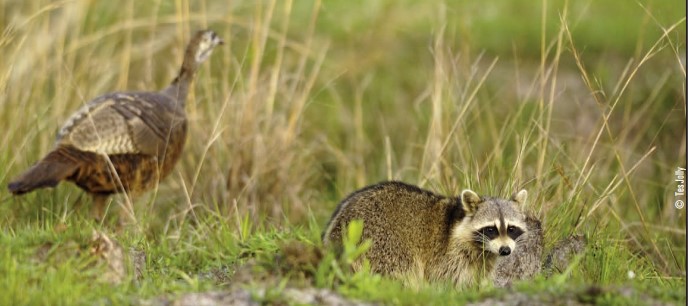
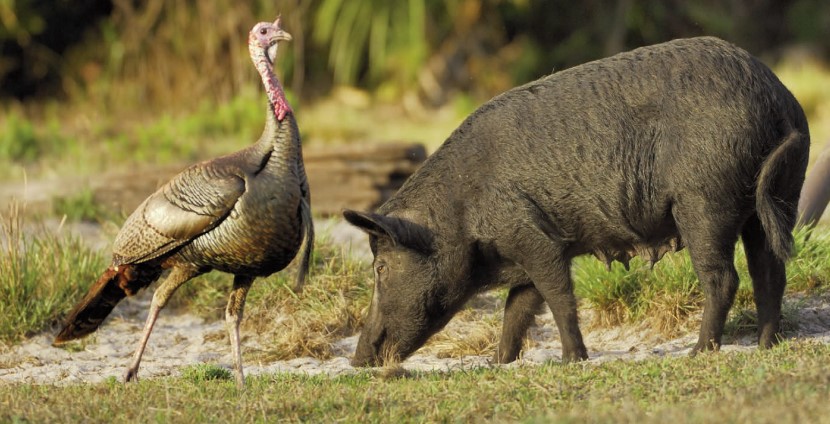
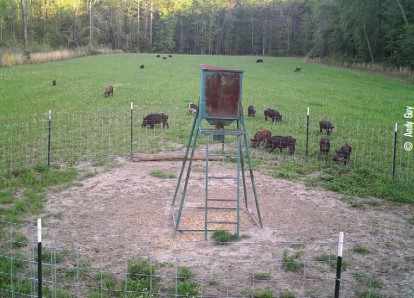
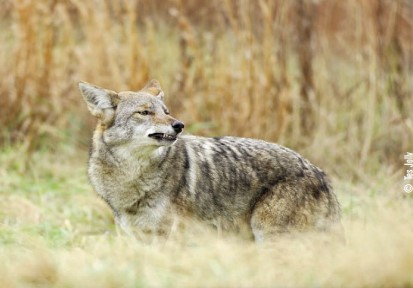
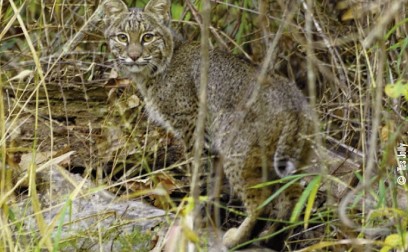
Close
Sighting a wild turkey hen and her brood on your property is a very rewarding experience. Likewise, so is a handsome gobbler strutting amid clover blooms in the spring. It takes time, thought and effort to build sound turkey habitat. As gamekeepers, our responsibility is to make the land the best it can be. With a little effort, these 10 tips will equal more turkeys.

















